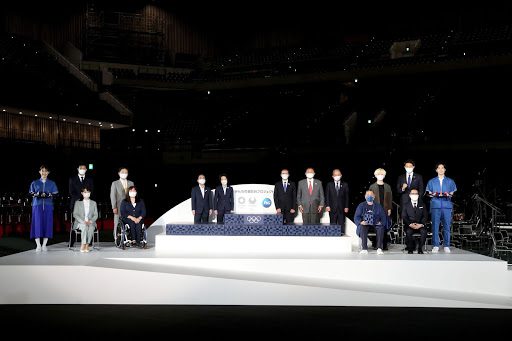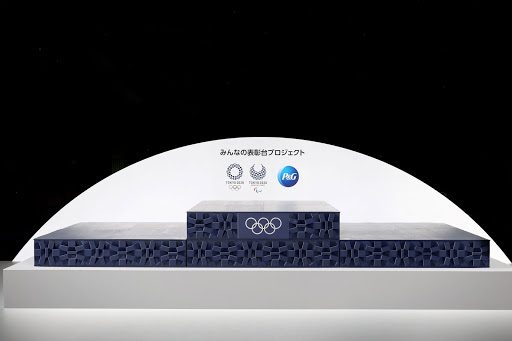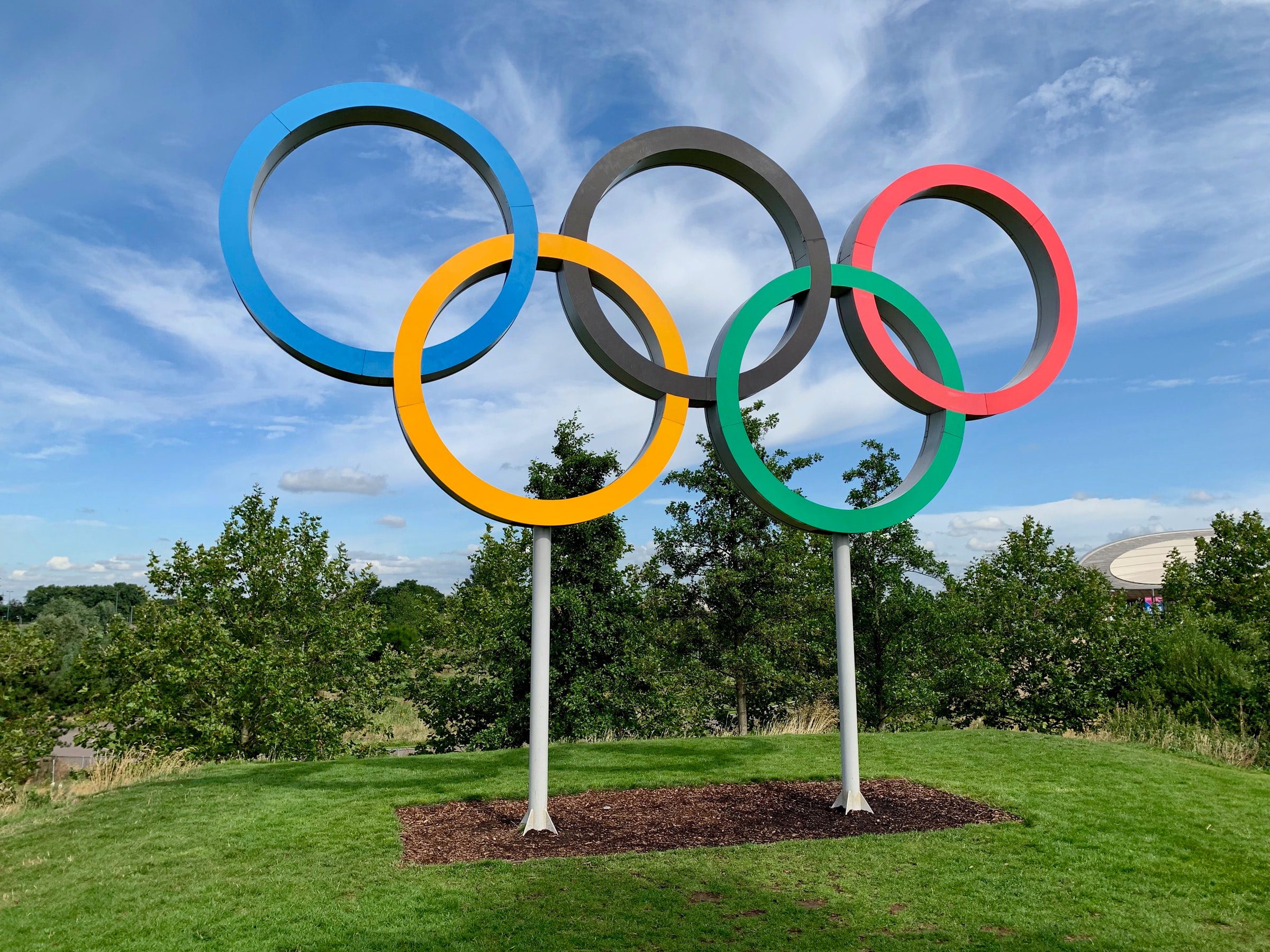During the 2021 Tokyo Summer Olympics, millions of eyes will be on the winning athletes as they receive their medals on the ceremonial podiums. However, this year, the podiums are worthy of a round of applause as well – for the first time ever, the podiums have been made out of recycled plastic.
Exemplifying the “Be Better, Together – For The Planet and The People” guiding principle behind its strategic sustainability plan, the Tokyo 2020 Organizing Committee partnered with the International Olympics Committee (IOC) and Procter & Gamble (P&G) for “The Recycled Plastic Victory Ceremony Podium Project.” As IOC Director for Sustainability Marie Sallois stated: “The Tokyo 2020 Podium Project is an excellent example of how the Olympic Games can inspire sustainable change in the host city and country.” On an even broader scale, the project also demonstrates to the world the many avenues to creating a sustainable society.

The Podium Project’s overall goal of collecting 1.5 million pieces of discarded plastic packing would result in saving enough energy to light an average household for 112 years, and every part of plastic recycled would prevent 75 grams of carbon dioxide from being produced.
In Japan, Project collection boxes were placed in the more than 2,000 outlets of AEON, the country’s leading retail chain, as well as schools and offices. Procter & Gamble, meanwhile, collected plastic waste recovered from the oceans. “Sustainability is at the heart of this effort, and P&G is proud to work with Tokyo 2020 and the IOC to demonstrate how consumers can participate in reducing plastic waste,” P&G Chief Brand Officer Marc Pritchard said when the project was announced. “The Tokyo 2020 Podium Project is an example of how the Olympic Games can be a catalyst to inspire actions that have a positive impact on the environment and society.”
Both Procter & Gamble and IOC also are involved in the United Nations’ Clean Seas program. P&G, for example, recycles beach plastic in its Head & Shoulders and Herbal Essences shampoo bottles. Additionally, once the Olympics and subsequent Paralympics have finished, the podiums’ recycled plastics will be recycled again in the packaging of P&G products and utilized by the Olympic Movement for educational purposes to promote the significance of sustainability.
Procter & Gamble Company Japan, CEO and President Stanislav Vecera stated that “P&G is committed to the principles of the Games and the realization of a better society. We hope that this project will be an opportunity for people to feel that then even the smallest of actions by every individual can lead to change in the world.”
The Podium Project’s impressive team effort accumulated 24.5 tons of recycled plastics (the equivalent of approximately 400,000 laundry detergent bottles) that were constructed into the 98 podiums for the Olympics and Paralympics. The famed Japanese artist Asao Tokolo came up with the podium’s design, which like the Tokolo-designed Tokyo Olympics emblem, presents a “Unity In Diversity” message. Both are done in the well-known 18th Century Japanese checkerboard pattern known as “ichimatsu moyo.”
A team led by Professor Hiroya Tanaka of Keio University, and the founder of Japan’s first Fab Lab, employed 3D printer technology to create the small cube modules that compose the podiums. “Instead of covering the platform with some decorative print,” Tokolo revealed, “our podium is based on the philosophy of cubes, which form the structure itself.” This design approach also allows for the podiums to be flattened, making them accessible to the medal winners in the Paralympics. Another advantage is that the 3D process also resulted in more vivid colors being printed onto the podium than with traditional plastic.

By incorporating the traditional “ichimatsu moyo” pattern and cutting-edge 3D printing with the podiums, Tokolo connects Japan’s past and present. “I am so proud of the design and its concept, rooted in the word ‘connect,” the artist explained. I designed the podium in a pre-pandemic world, but I want to be optimistic about the possibility and the hope of people ‘connecting’ again despite the current reality of separation. I hope this project serves as a baton that runs toward the future.”
The podiums represent just one example of Tokyo 2020’s extensive sustainability initiative, with several others relating to the Podium Project. For example, the Olympic rings on the front of the podiums have been created from recycled aluminum originally used in the temporary housing built for people affected by 2011’s Great East Japan earthquake. The medal trays are composed of recyclable thermoplastic polymers, while the volunteers, who will carry these trays or escort the winning athletes at the nearly 880 Olympic and Paralympic Victory Ceremonies, will be wearing environmentally-friendly recycled fibers outfits. Additionally, all of the gold, silver, and bronze medals – around 5,000 total for the Olympics and Paralympics – have been made from donated and discarded electronic devices, including over five million mobile phones.
P&G, the IOC, and Tokyo 2020 certainly earned gold medals for taking the Podium Project to new heights.





